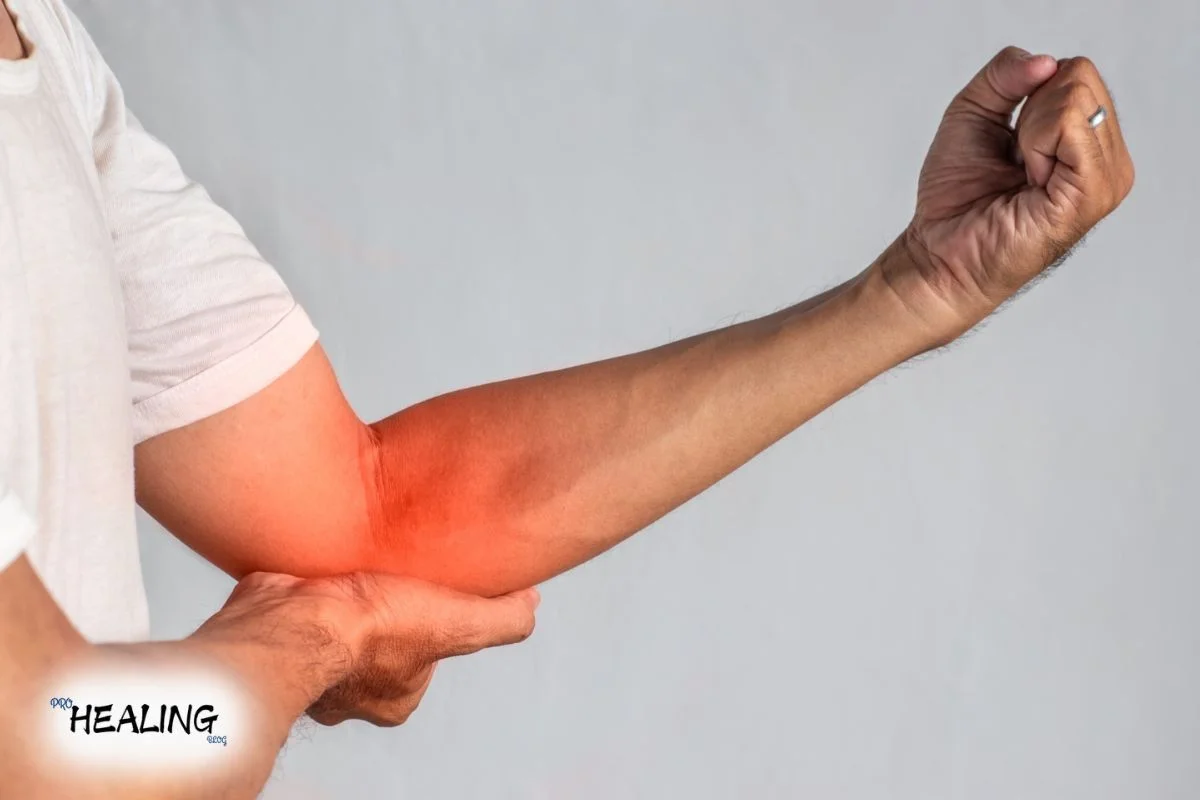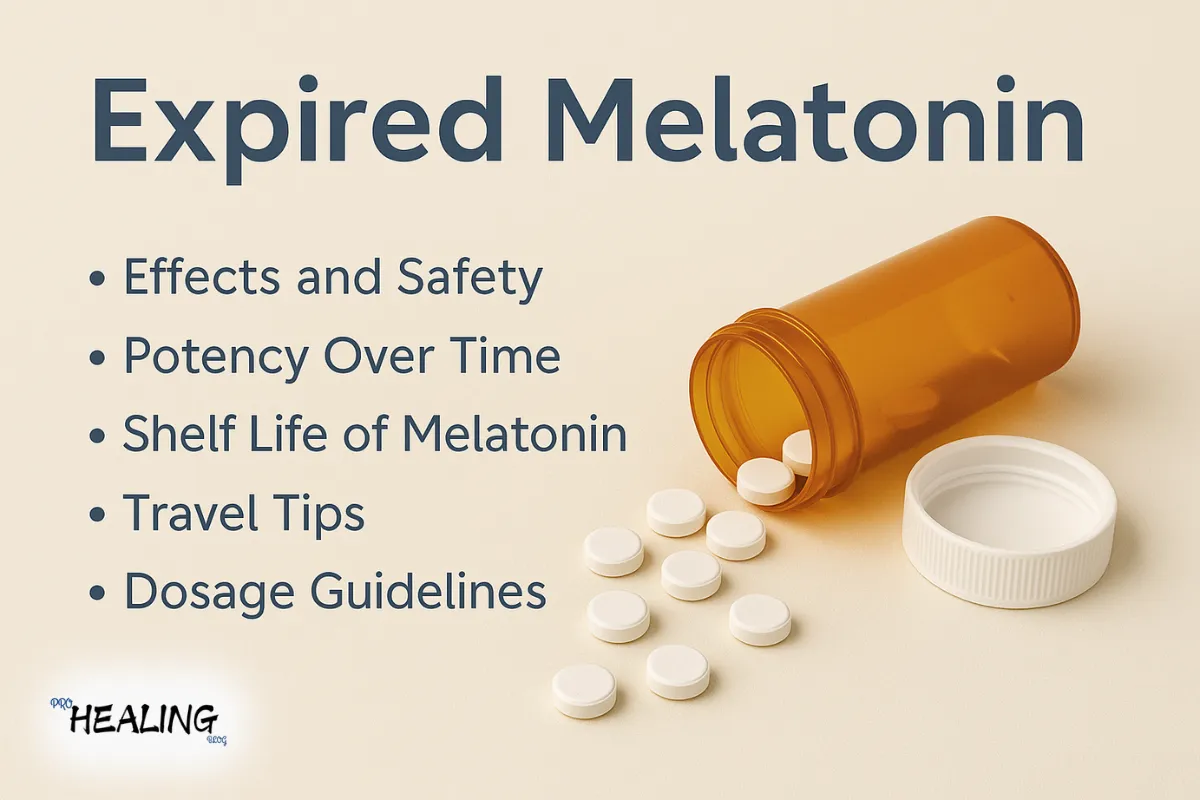How Technology Aggravates Cubital Tunnel
Fortunately, technology can assist you in handling it too. There are some apps such as “Hand Therapy Exercises” that take you through some stretches and nerve glides. Worn posture correctors vibrate when you hold your elbow bent for a long time. Voice-to-text programs are used by some travelers to lessen typing strain. Even reminders on the phone to stretch every hour make a huge difference.
See also:The Ultimate Hair Care Routine: Steps, Tips, and Best Practices for Healthy Hair
Top Cubital Tunnel Syndrome Exercises for Travelers
-
Nerve Gliding: Gently straighten your arm, then bend your wrist back like you’re telling someone to “stop.” Repeat 5 times every hour.
-
Towel Scrunch: Place a small towel on a table and scrunch it toward you using just your fingers. Great for hotel rooms!
-
Elbow Massage: Use your opposite hand to rub the inner elbow in small circles for 30 seconds.
-
Wrist Flexor Stretch: Extend your arm, palm up, and gently pull fingers back with your other hand.
Do these cubital tunnel syndrome exercises daily, especially before and after a long trip.
See also:Tamarind: Health Benefits, Uses, and Side Effects
Travel-Friendly Tools to Help
-
Compression sleeves (wear during flights)
-
Ergonomic mouse (for laptop users)
-
Memory foam elbow pad (for car trips)
-
Resistance bands (lightweight for stretching)
When to See a Doctor

If you build chronic numbness, tingling, or weakness in your ring and pinky fingers that doesn’t improve after a few days of rest and exercises, see a medical expert. Other warning signals are obvious wasting of your hand muscle, persistent pain that disrupts daily activity or sleep, and trouble with fine motor activities such as buttoning shirt buttons or typing.these are signs of possible nerve damage that need to be treated immediately. Experts generally run tests such as nerve conduction studies and electromyography (EMG) to judge the degree of nerve compression. Treatment is diverse from conservative methods such as nighttime splinting and activity adjustment for mild compression, to surgery for serious or longterm compression. The good news is that even severe cases can most usually be successfully treated with proper medical care, although early treatment significantly improves results and avoids permanent nerve damage.
FAQs
1. How frequently am I supposed to do these exercises while traveling?
Shoot for every 1-2 hours on long journeys. 2-3 minutes of exercises for cubital tunnel syndrome can prevent stiffness.
2. Are these exercises possible to do on a plane?
Yes! The wrist stretches and nerve glides are ideal for tight seats. Just don’t make large arm motions.
3. Will these exercises benefit me if I already have pain?
Yes, but begin gradually. Discontinue if pain worsens, and seek medical care.
4. Are there any exercises I shouldn’t do?
Avoid heavy grip or repeated bending of elbows since the condition can worsen.
5. How quickly will I improve?
The majority of travelers experience fewer tingles within 1-2 weeks of regular exercises
See also:Pink Eye vs Stye: Key Differences and Treatments
Conclusion
Don’t let cubital tunnel syndrome derail your dream holiday. With a little thoughtful planning, you can become pain master on the move. These special exercises are so simple you can do them anywhere – waiting in line to board your flight, traveling along on a scenic train ride, or even when stuck in backseat traffic. The key to success is making it a habit; just five minutes of focused stretching a couple of times a day can be the difference between avoiding numbness and stiffness. Clever packing is also important – lightweight compression sleeves and travel resistance bands pack a small tom in your bag but give maximum support. Imagine yourself snapping great views with your camera or typing up great journal pages at the end of a superb day.






